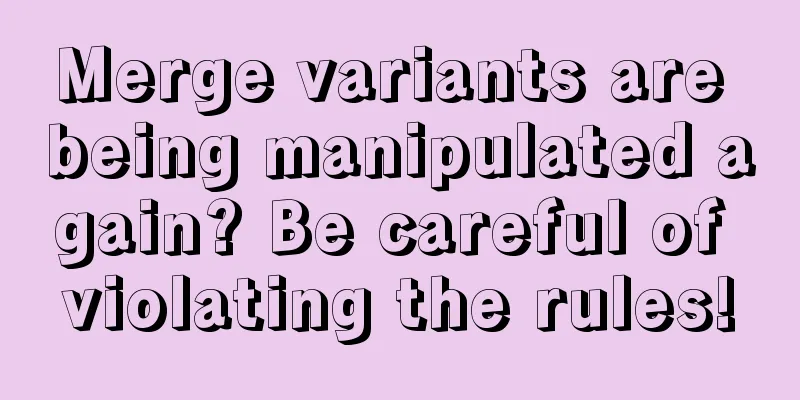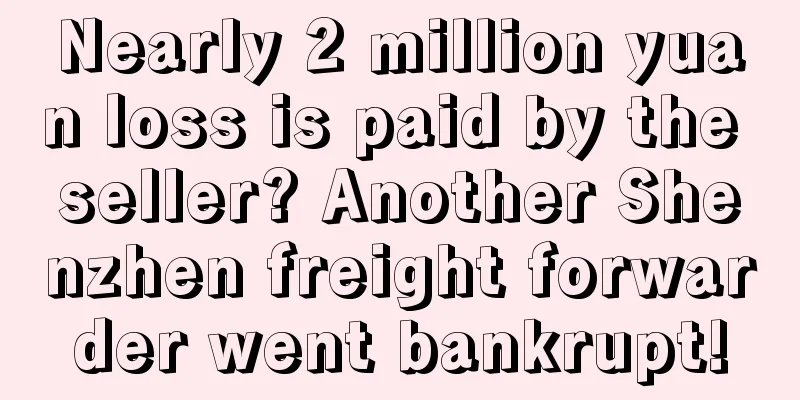Merge variants are being manipulated again? Be careful of violating the rules!

|
I believe that sellers are familiar with the operation of merging zombie listings, but some sellers may not be very familiar with the more radical operation of merging variants across stores. Today, when Chenzi was browsing a seller forum, he saw a post from a seller saying that he saw a colleague merge a variant from two stores, one was a new product with no reviews, and the other store had a listing with 2 reviews. The seller is very confused. Isn’t this operation against regulations? Other sellers pointed out that this is achieved by following the sales method, linking the two stores AB to the same store, and then uploading the merge template normally. The merge is successful, and the location of the shopping cart does not affect the merge. Another seller said that this was suspected of abuse of variants and was a violation. Ever since Amazon banned a large number of accounts that abused variants in May last year, my brother-in-law has been cracking down on those accounts that abused variants in the past few months. Chenzi has heard of many cases of accounts being banned! In fact, this is not because more and more sellers are abusing Amazon’s variation listing policy, but because Amazon has taken more regulatory measures to ensure that sellers list products in accordance with regulations. Last May, Amazon mentioned an ASIN creation policy in the email regarding the abuse of variants, and clearly pointed out what constitutes abuse of variants. However, there are still some sellers who do not fully understand this policy, and sellers often send private messages to Chenzi, asking whether the operation of a certain merge variant violates the regulations. Today, Chenzi will take everyone to review what behaviors constitute abuse of variants. 1. Merge zombie listings Changing the content of a "dead" listing that has accumulated many positive reviews to your own product in order to easily gain positive reviews and rankings is a serious violation of the regulations. 2. Taking advantage of the popularity of hot-selling products Some sellers will put two products with similar functions (similar in appearance, but one with more functions and a higher price) on the same listing, or put a new product on the listing of an old product. Although the products are the same, the functions have been slightly updated. This kind of "riding on the popularity" behavior is also against the rules, and this new product should be listed as a new ASIN. 3. Get reviews for the same variant theme products and then merge them Some sellers have a product in multiple colors (such as clothing). They upload each color as a separate ASIN, obtain reviews for each ASIN, and then combine them together so that the reviews can be accumulated. This practice is also non-compliant. Amazon policy stipulates that if a product has corresponding variation themes, a parent/child relationship must be created when adding these products! The above three behaviors are all illegal merge variants, which are expressly prohibited by Amazon . If you do this, your ASIN creation or sales permissions may be suspended or permanently revoked. Sellers are all aware that illegally merging variants will result in account suspension, but what many people don’t know is that illegally splitting variants also has risks! For example, a seller may have multiple variants in a listing, and n of them have low sales and many negative reviews. In order to remove the negative reviews or the ASIN is about to be sold, the seller will directly remove these n variants with negative reviews. Many sellers think that such operations are normal, but this is also prohibited by Amazon! The correct approach should be to remove the variants with negative reviews first, check the root cause of the negative reviews, and then ship the product after the problem is resolved. If you have committed the above violations and your store has been shut down, you can try to save your store by submitting an action plan. The action plan should include: a. Clarify the reason why the account is restricted (which sales or listing policy has been violated) b. The root cause of the problem c. Specific steps and evidence to solve the current problem d. Preventive steps taken Amazon will certainly be more and more strict in cracking down on the abuse of variants. Sellers should not just watch others illegally combining variants and manipulating reviews. Amazon’s ban may be late, but it will never be absent. Who knows one day, those who abuse variants will be in trouble. Chenzi would like to remind everyone again that operating an account in compliance with regulations is the foundation of operations. Don’t go astray for the sake of quick results, otherwise you will regret it when your store is really closed and you suffer losses! (Source: Official Account: Seller Growth Academy) |
>>: Amazon's Hot Topics of the Week | Amazon was ordered not to offer big discounts
Recommend
Are those cross-border e-commerce training institutions really as good as they are said to be?
I have actually answered this question before, be...
What is Elevate? Elevate Review
Elevate's services are built on a tradition of...
Regarding 2024, will there be new opportunities for cross-border transactions?
The year 2023 is coming to an end This is a year o...
Officially designated! American sports e-commerce will create the first global Olympic e-commerce platform!
According to foreign media reports, the US sports ...
How do you arrange your daily time when working at Amazon?
If your store's average daily sales are less t...
What is Huazong Logistics? Huazong Logistics Review
Huazong Logistics (Shenzhen Huazong Logistics Co.,...
What is iPay88? iPay88 Review
iPay88 is a third-party payment platform in Malays...
Many Amazon ASINs are banned from sale! A large number of sellers suffer huge losses!
Recently, sellers have reported that ASINs have b...
What is Giveaways? Giveaways Review
Giveaways allows sellers to use their own Amazon p...
Shopify's growth story of a million-dollar seller: Blue Planet
Blue Planet is an e-commerce brand that sells eco...
Why are there no orders for new products even after advertising?
I recently saw a post like this in the forum: A n...
What is Kouka? Kouka Review
KouKua is a one-stop Amazon operation software tha...
Introduction to Amazon's Latest Seller Services
In the process of operating Amazon, whether you ar...
What is the Amazon Flywheel Theory/Effect? Amazon Flywheel Theory/Effect Review
The "flywheel effect" means that the var...









